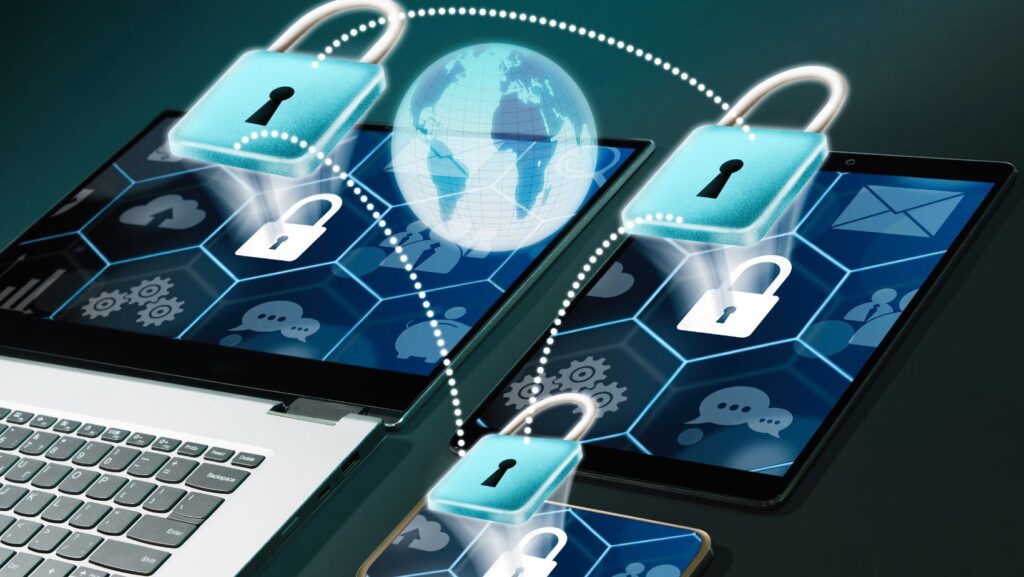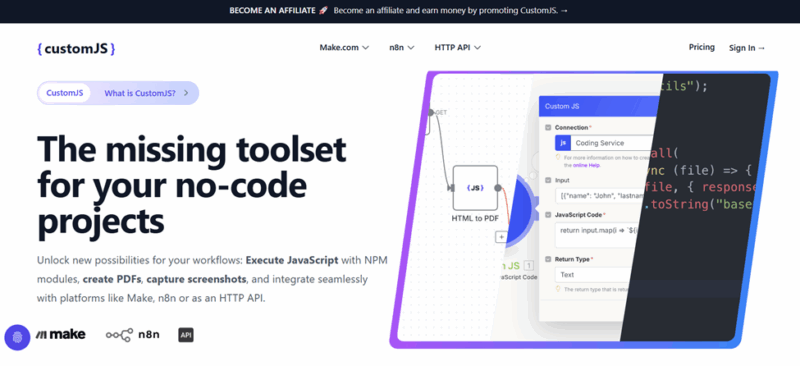
Cybersecurity currently remains an immense issue within the innovative tech-driven market. In fact, Statista projects that the revenue in the cybersecurity market is anticipated to hit $183.10 billion within this year. Over the period of 2024 to 2028, it is forecasted to experience a yearly raise rate (CAGR) of 10.56%, with a market volume of $273.60 billion by 2028.
Cyber threats progress in their complexity and frequency, demanding powerful defenses from digitized businesses. Django software development is an excellent modern approach to solidifying web applications against these threats. With the power of this Python-based framework and cybersecurity best practices, developers can ensure reliable and high-performing software products. Throughout this post, we’ll cover the Django security best practices and techniques to achieve a highly protected solution.
Understanding Cybersecurity Challenges
Let’s begin our exploration with the core issues related to cybersecurity.
Common Cybersecurity Threats
The most common cybersecurity threats that businesses and web applications face are as follows:
- Malware;
- Phishing attacks,
- Denial-of-service (DoS) attacks.
These threats cause software, networks, or human behavior vulnerabilities, posing huge risks to private details.
Implications of Security Breaches
Security breaches sometimes lead to severe consequences. In particular, data breaches compromise sensitive data, resulting in financial and reputational losses due to theft or fraud, destroying the trustworthiness of the business.
Proactive Cybersecurity Measures in Django Development
Django security features allow the implementation of efficient cybersecurity techniques to liquidate the risks described earlier. Django, introducing solid practices like input validation, secure coding techniques, and regular security audits, can help liquidate common vulnerabilities early on, guaranteeing the highest privacy and integrity of data.
Django Security Features and Best Practices
Let’s consider what Django offers to bring in solid software security. It is also worth mentioning that you should apply to a credible agency with Django development expertise, where the use of this framework is maximized and is in the hands of professionals.
Overview of Django’s Built-in Security Features:
Django introduces numerous embedded security features to assist technicians in designing secure web applications. They incorporate protection from widely-faced vulnerabilities like:
- SQL injection;
- Cross-site scripting (XSS);
- Cross-site request forgery (CSRF)
Django’s security middleware enables the elimination of these risks by applying robust safety measures by default.
Utilizing Django’s Authentication and Authorization System
Django security offers a time-tested authentication and authorization system that optimizes user management. Thus, software engineers can smoothly integrate user authentication, password hashing, and permission management into their software, providing comprehensive user access monitoring.
Implementing Secure Coding Practices
Experts should follow secure coding practices to prevent common vulnerabilities. Django focuses on parameterized queries to eliminate SQL injection, escaping user input to mitigate XSS attacks, and leveraging CSRF tokens to save from CSRF attacks. These techniques, accompanied by scheduled code checks and security verifications, identify and eliminate possible security flaws within the implementation.
Encrypting Sensitive Data and Securing Communication Channels
Encryption of confidential data and protection of communication channels are inalienable for saving data in transit and at rest.

Django supports HTTPS by default, so communication between the user and server is encrypted. Moreover, Django’s built-in encryption instruments or third-party libraries can encrypt valuable information in databases or other storage mediums, boosting data security.
Securing Django Applications in the Production Environment
When the solution is released, Django security ensures solid reliability within the natural IT ecosystem.
Configuring Django Settings for Enhanced Security
Configuring Django settings is a key to strengthening your security. This implies disabling DEBUG mode, which eliminates error messages from being displayed to users, and configuring the set hosts to limit access to particular domains. Implementing strong passwords for database connections and leveraging secure session settings also enhances the application against potential threats.
Utilizing HTTPS and SSL/TLS Certificates
HTTPS with SSL/TLS certificates ensures well-safeguarded customer and server communication. The encryption of the data in transmission, HTTPS, prevents eavesdropping and tampering. To use HTTPS in Django, tech experts can configure the web server (e.g., Nginx or Apache) to terminate SSL/TLS connections and cope with certificate management.
Securing Server Infrastructure and Implementing Access Controls:
Securing the underlying server infrastructure requires regularly upgrading the operating system, web server, and other software components to patch known vulnerabilities. Implementing robust access controls, such as using SSH keys for remote access and configuring firewalls to restrict incoming traffic, prevents unauthorized access to the server. Aside from that, employing intrusion detection systems and monitoring tools facilitates streamlined detection and response to security faults.
Third-Party Tools and Libraries for Django Security
We offer you this Django security checklist with third-party tools and libraries that complement its built-in security features.
Examples of Third-Party Solutions
Some instances of external solutions cover security middleware like Django Security Middleware, vulnerability scanners such as OWASP ZAP, and authentication packages like Django-rest-auth. They bring in an extra degree of safety against threats and vulnerabilities.
Evaluating and Integrating Solutions
When integrating third-party solutions into Django projects, software engineers should assess compatibility, performance, and security levels to provide smooth integration.
Compliance and Regulatory Considerations
What else should you consider when using Django security features?
Overview of Relevant Cybersecurity Regulations and Compliance Standards
Various cybersecurity guidelines and regulations set the standards of security measures to protect sensitive details. To illustrate, the General Data Protection Regulation (GDPR) governs the protection of personal data for EU citizens, the Health Insurance Portability and Accountability Act (HIPAA) regulates healthcare data safety in the USA, while the Payment Card Industry Data Security Standard (PCI DSS) establishes compliances for securing payment card data.
Ensuring Django Applications Meet Compliance Requirements:
Django applications must incorporate appropriate security measures to guarantee absolute compliance with these regulations and standards. The practices we’ve discussed earlier are essential in this case. Conducting thorough documentation and periodic compliance assessments can also help your developers verify that your Django-powered software reflects the regulatory requirements.
Continuous Monitoring and Incident Response
Continuous monitoring is integral for rapidly detecting and responding to security threats in Django applications. Organizations can quickly identify unusual activity patterns, unauthorized access attempts, or possible vulnerabilities in real-time, cutting down the harm caused by security breaches.
Implementing Logging and Auditing Mechanisms
Django applications should integrate robust logging and auditing mechanisms to enable ongoing monitoring. Logging provides the recording of significant activities within the product, whereas auditing tracks modifications to private data or system configurations.
Developing an Incident Response Plan
As a credible market player, you should essentially develop an incident response plan to handle security incidents effectively. It traditionally comprises roles and tasks, escalation procedures, and responsibilities for containing, mitigating, and recovering from security breaches.

Regularly verifying the incident response plan through simulations or tabletop exercises provides confidence and readiness to act swiftly and decisively to security incidents, decreasing downtime and damage to the company.
Conclusion
Cybersecurity is a core element within Django software development, with the functionality able to protect against numerous threats and safeguard sensitive data, ensuring the integrity and credibility of web applications.
As a business, you should prioritize security in your Django projects to liquidate risks, comply with regulations, and maintain customers’ as well as stakeholders’ trust, thus safeguarding their reputation and financial stability.
Get a comprehensive consultation and guidance for Django security implementations from our trusted Python experts. Contact us to discover how you can skyrocket your Django software against existing threats and provide robust protection.










